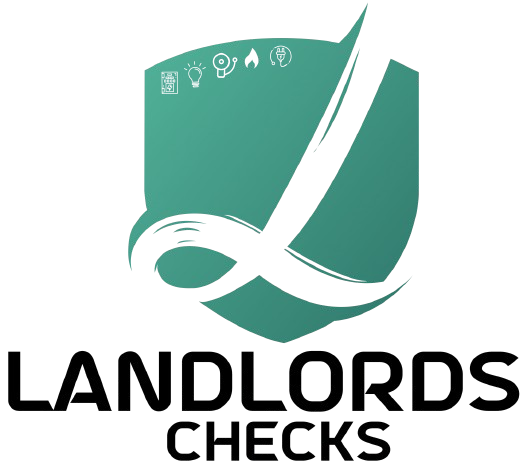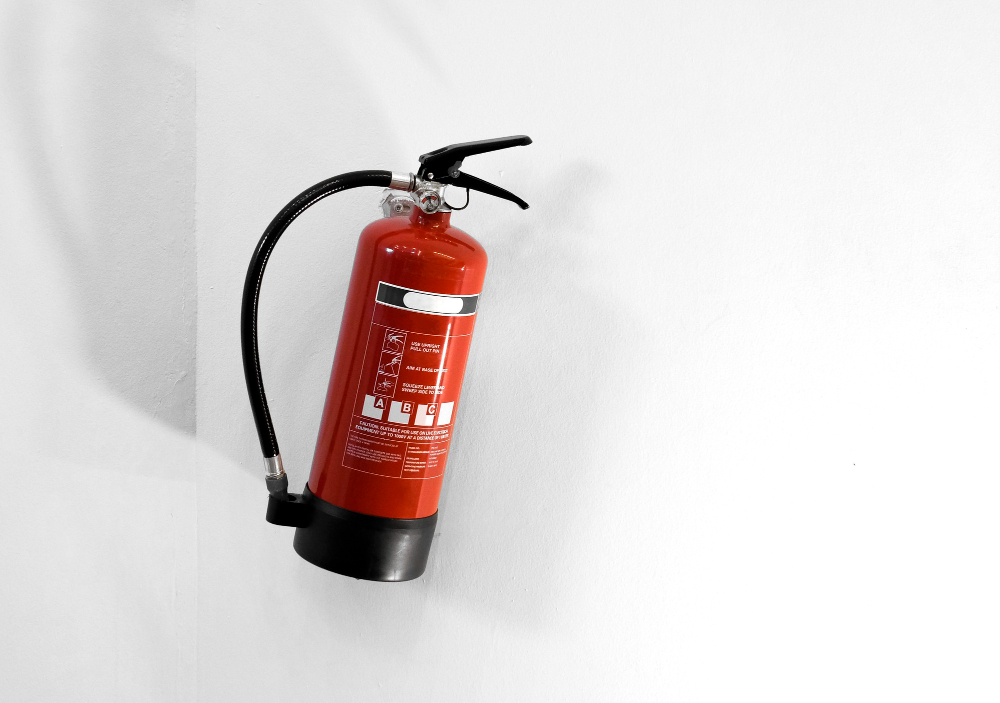Fire Risk Assessments are crucial for anyone overseeing a building to ensure the safety of its occupants. Prioritizing fire prevention not only saves lives but also fulfills your legal obligations and makes sound business sense. Share this information on Twitter, Facebook, or via email.
What exactly is a Fire Risk Assessment? It involves a thorough examination of your premises and its occupants, focusing on fire prevention. The goal is to comprehend potential risks and enhance fire safety measures to protect people.
Why bother with it? Conducting a Fire Risk Assessment is a legal mandate. If you are responsible for a building, such as an employer, owner, or occupier (excluding private homes), it’s imperative to have a competent person carry out the assessment. Your duty is to identify fire risks, hazards, and take necessary actions.
The Responsible Person must document all assessment findings, irrespective of premises size or purpose, starting from October 1, 2023, as per new regulations. This extends beyond certain building types and includes recording fire safety arrangements. Regularly review the assessment, especially after significant changes, as effective fire prevention is vital for business sustainability.
Did you know that failing to meet legal safety obligations during a fire could result in fines or imprisonment? Familiarize yourself with your legal duties.
How to conduct a Fire Risk Assessment? Follow these five steps:
- Identify fire hazards.
- Recognize people at risk.
- Evaluate, remove, or reduce risks.
- Document findings, prepare an emergency plan, and provide training.
- Regularly review and update the assessment.
Who oversees it? We do, as inspecting premises is part of our duty to ensure fire safety. Failure to assess or ensure safety may lead to fines or business closure.
Who should conduct your Fire Risk Assessment? It depends on the size and complexity of your business:
- For larger or complex businesses, seek expert assistance.
- SMEs or smaller organizations can do it themselves with available guides.
- Heritage buildings should have assessments done by a Competent Person/Assessor with expertise in fire safety for such structures.
For further guidance, refer to the Gov.UK website and our downloadable document.





